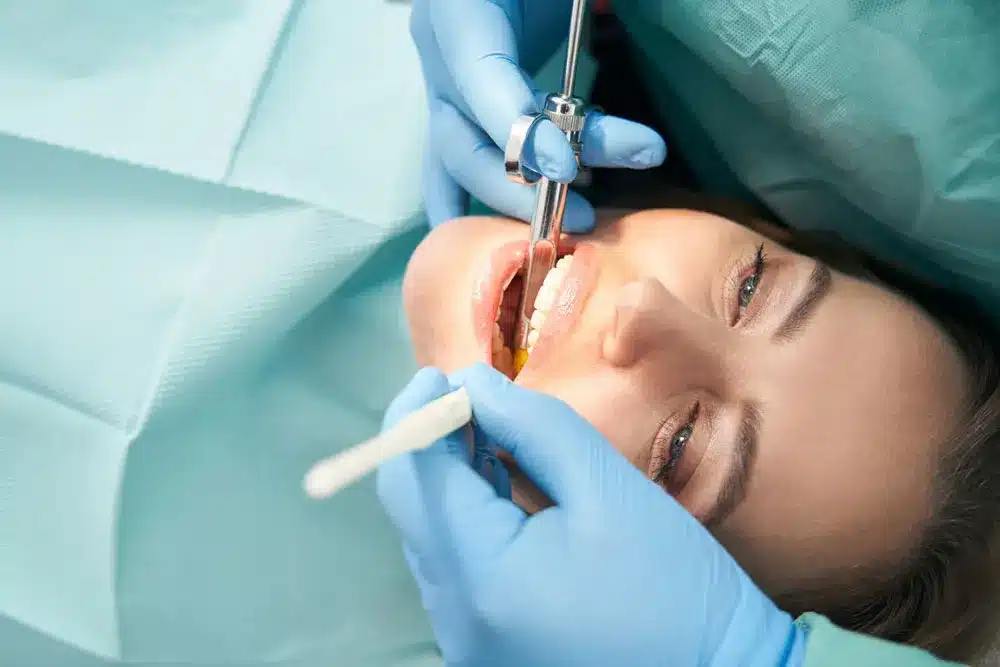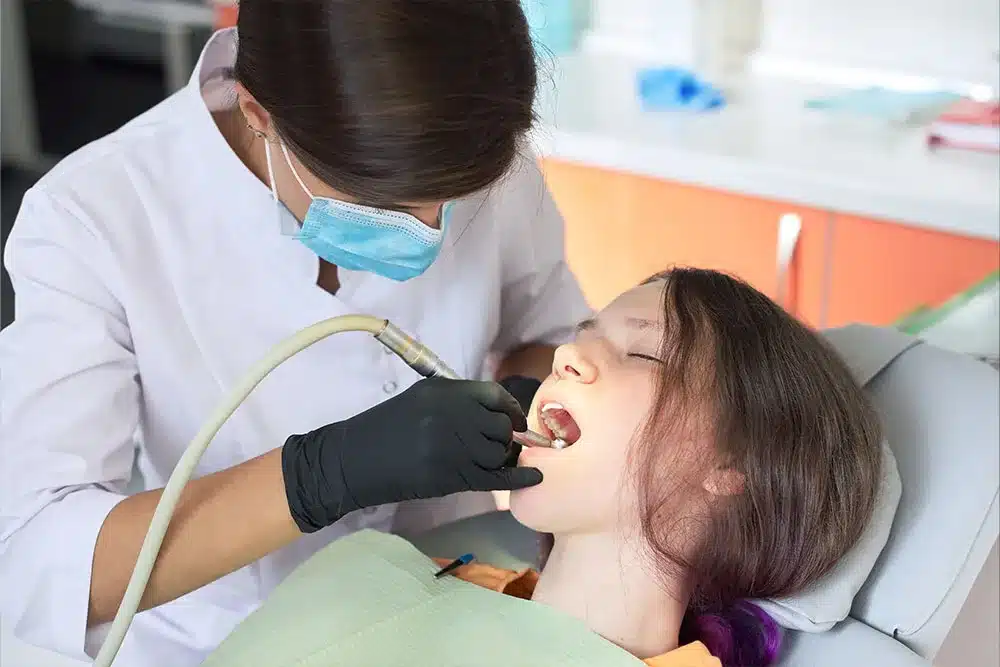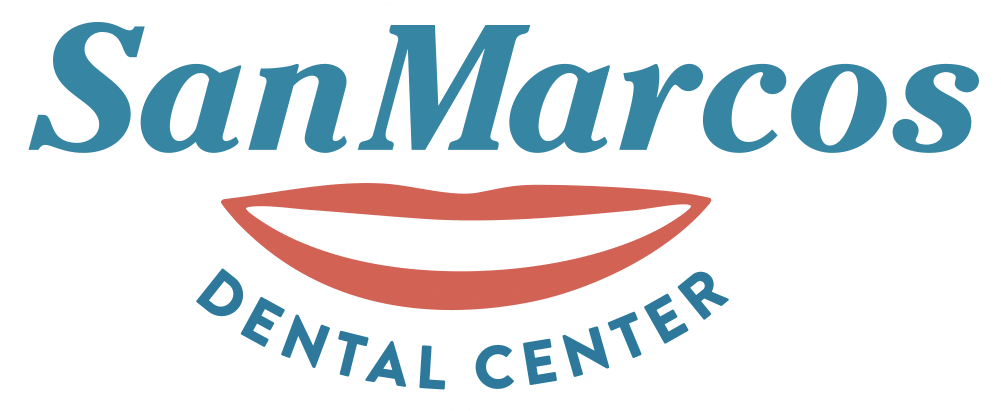Conscious Oral Sedation in San Marcos, CA
Relax and Experience Stress-Free Dental Care
We understand that dental anxiety is very common. Whether you’ve had a negative experience in the past or simply feel nervous about treatment, our goal is to make every visit as comfortable as possible. That’s why we offer conscious oral sedation—a safe and effective way to help you stay calm and relaxed during your dental appointment.
What is Conscious Oral Sedation?
Conscious oral sedation involves taking a prescribed medication before your visit to help you feel at ease. Unlike general anesthesia, you will remain awake and able to respond to instructions, but your anxiety will be greatly reduced. Most patients report feeling drowsy, relaxed, and often have little memory of the procedure.

What to Expect During Your Appointment
On the day of your procedure, you’ll take the prescribed medication before arriving at our office. You’ll need a friend or family member to drive you to and from the appointment, as you may feel drowsy for several hours afterward. Our team will monitor you closely throughout your treatment to ensure your safety and comfort.
Your Comfort is Our Priority
We believe no one should avoid dental care due to fear or anxiety. With conscious oral sedation, you can receive the treatment you need in a calm, stress-free environment.
Why Choose Conscious Oral Sedation?
Stress-Free Visits
Stay calm and relaxed throughout your treatment.
Pain-Free Experience
Reduces discomfort and sensitivity during procedures.
Fewer Appointments
Allows your dentist to complete more work in one visit.

Schedule Your Sedation Dentistry Consultation
Don’t let dental anxiety keep you from a healthy, beautiful smile. Call us or request an appointment online to learn more about conscious oral sedation in San Marcos, CA. Our friendly team is here to help you every step of the way.
GENERAL DENTISTRY SERVICES
COSMETIC DENTISTRY SERVICES
EMERGENCY DENTISTRY SERVICES

BOOK AN APPOINTMENT Schedule Your Visit Today
Whether you’re due for a routine cleaning or need restorative treatment, the team at San Marcos Dental Center is here for you. We provide comprehensive dental care to help you smile with confidence.
Call us today at (760) 734-4311 to schedule your appointment.
